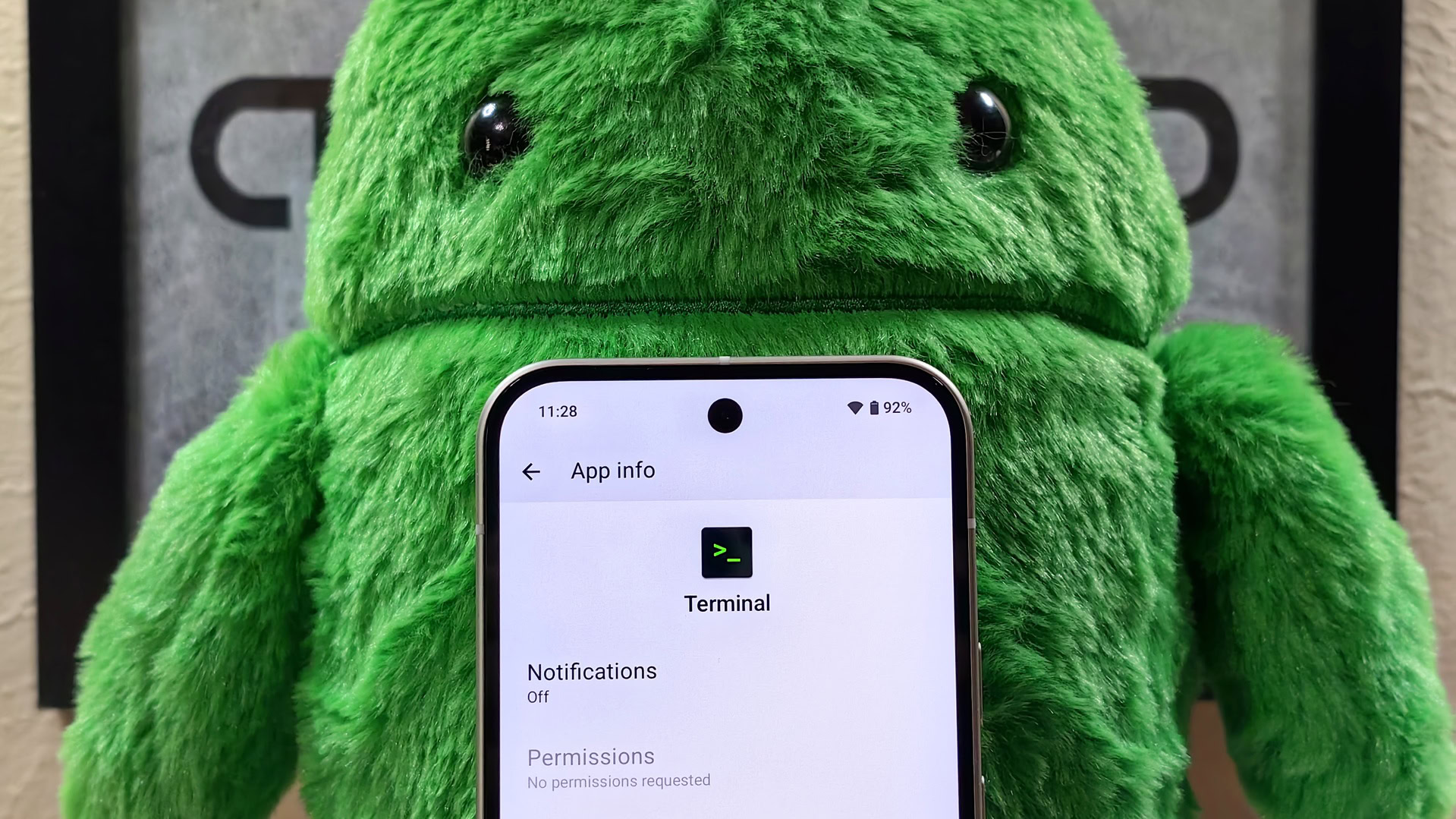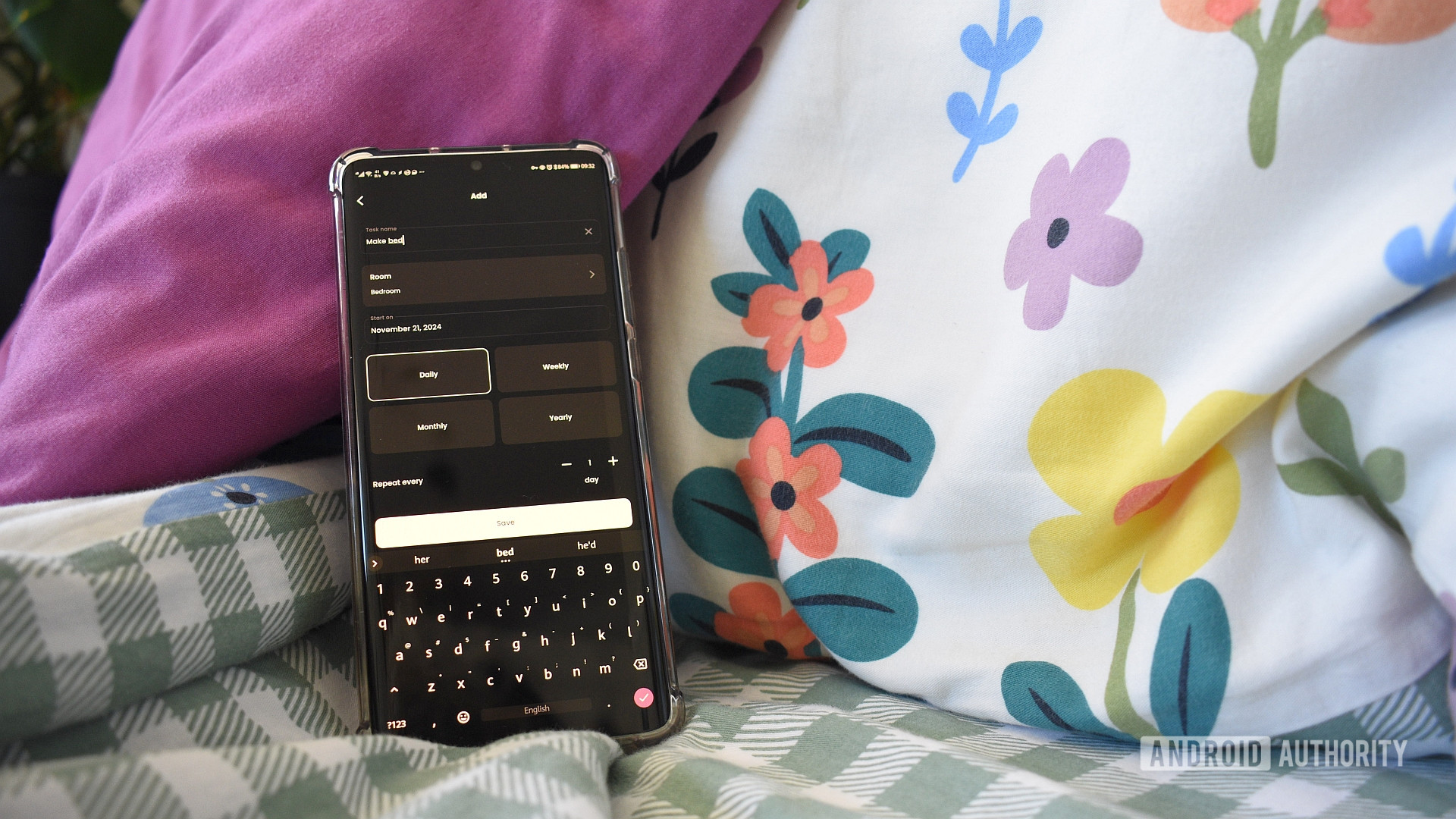
Mishaal Rahman / Android Authority
TL;DR
- The latest Android 15 QPR2 beta adds the new Terminal app that we previously reported on.
- The Terminal app lets developers run Linux apps in a virtual machine.
- It needs to be activated by toggling a developer setting, though.
The best Android phones have more than enough raw computing power to run desktop-class applications, but there’s often little incentive for developers to port many such apps to mobile platforms like Android. One big reason there is because Android phones have tiny screens and lackluster input options when compared to the average PC, but these limitations can be overcome with the help of accessories or by running Android on a larger screen. Google is on a multi-year journey to make Android more productive, especially on bigger displays, and one way it’s planning to achieve this is by allowing Android devices to run Linux apps. The upcoming second quarterly platform release of Android 15 is introducing a Terminal app that will make that possible.
You’re reading an Authority Insights story. Discover Authority Insights for more exclusive reports, app teardowns, leaks, and in-depth tech coverage you won’t find anywhere else.
Google released the generic system image (GSI) for Android 15 QPR2 Beta 1 earlier today, and after I installed it on my Pixel phone, I immediately spotted two new features that I thought were going to land in Android 16. Android 15 QPR2 not only transformed the Do Not Disturb feature into customizable Modes but also added a developer option to enable the Terminal app. Under Settings > System > Developer options in the Android 15 QPR2 Beta 1 GSI, there’s a new “Linux development environment” toggle that lets you “run [a] Linux terminal on Android.” After enabling this option, a new “Terminal” app appeared in my app list. Unfortunately, tapping it did nothing as the app just crashed after failing to start a VM.
However, I already know exactly how it’ll work, as I previously wrote about how the new Terminal app will let you run Linux apps on Android, just like Chrome OS. The Terminal app will download, configure, run, and interface with an instance of Debian (a popular Linux distribution) in a virtual machine, as shown below.
Here’s a first look at Android’s upcoming all-in-one Terminal app, which downloads, configures, runs, and interfaces with an instance of Debian running a virtual machine!
Currently, the Debian images are hosted on a Googler’s GitHub, but Google plans to host these images… pic.twitter.com/nMVwPRrQO9
The Terminal app relies on the Android Virtualization Framework (AVF), a feature that Google introduced in Android 13. AVF was originally only built to provide a safe environment for compiling security-sensitive code, but Google dramatically improved upon it in Android 15, allowing it to run full-fledged graphical operating systems like Chrome OS. Google, sadly, has no intention of letting you actually run Chrome OS on Android devices, but it does plan to let developers run Linux apps in a VM, which is why it created this Terminal app.
When we originally reported on the existence of the Terminal app, we based our findings on code changes submitted to AOSP. The release of Android 15 QPR2 Beta 1 confirms that Google plans to ship this Terminal app on devices, and given that it appears in the GSI, it seems the app won’t be limited to just Chromebooks. We originally thought the Terminal app would only make an appearance in next year’s Android 16 update, but it looks like Google will introduce it a few months early in Android 15 QPR2. We don’t know if any OEMs other than Google will surface the Terminal app, but it is worth noting that many Android devices already support AVF, with more to come in the near future.
Got a tip? Talk to us! Email our staff at [email protected]. You can stay anonymous or get credit for the info, it's your choice.







 English (US) ·
English (US) ·